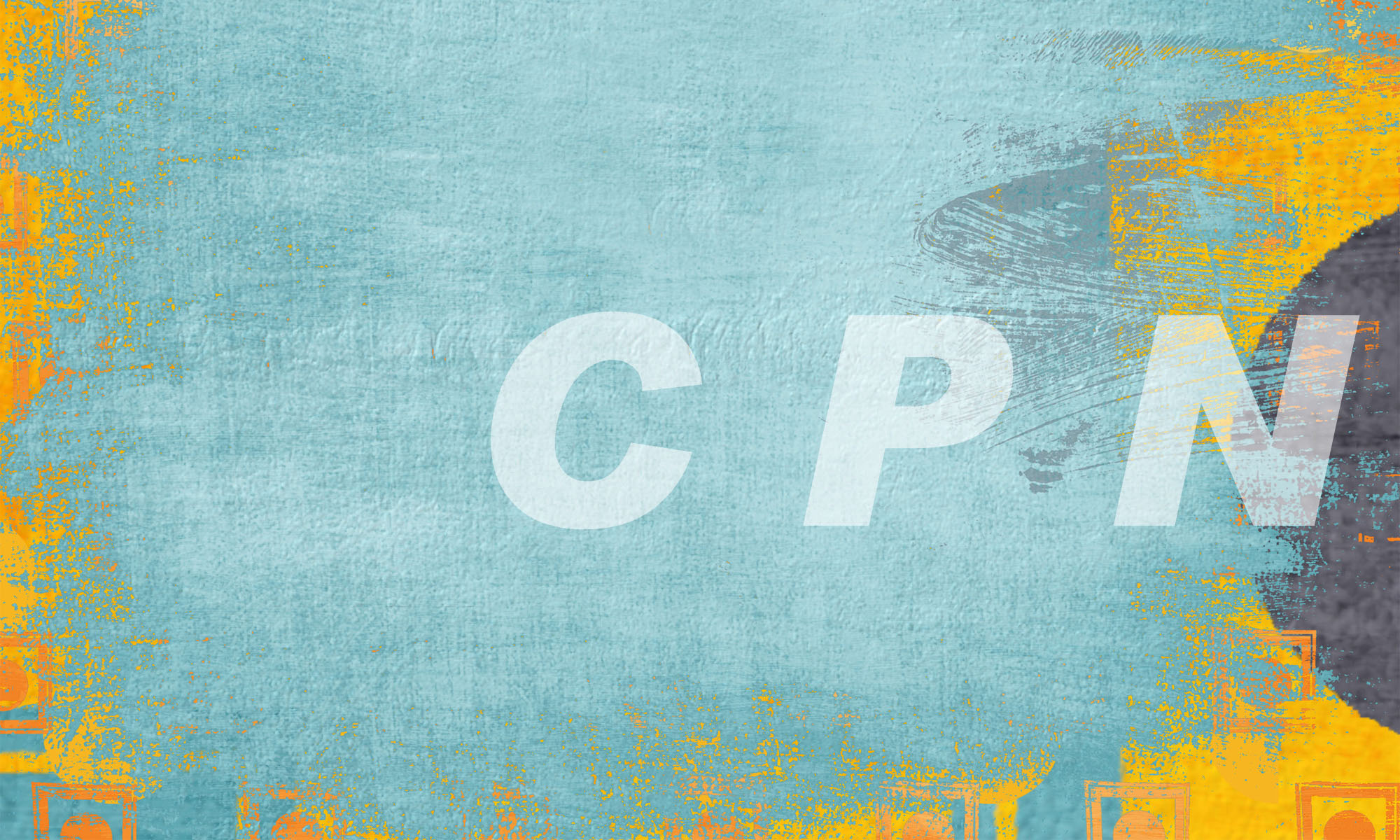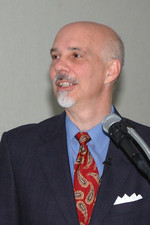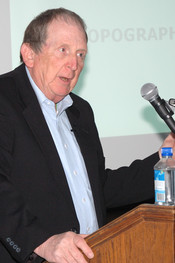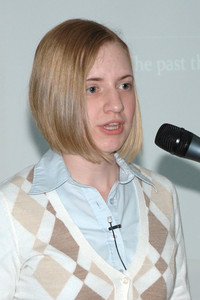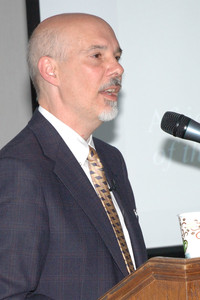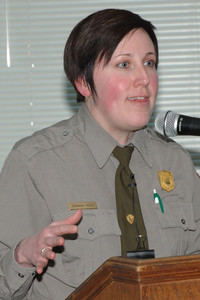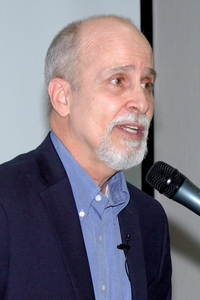
On April 9, 2015, Rick Britton presented the third lecture in our six part CPN Thursday series entitled The Civil War Through Different Lenses (2015).
In this podcast you will learn about the role that Monticello played in the American Civil War. At the commencement of the war, Monticello was the property of Uriah Phillips Levy, who had purchased it in 1834. Listen as Rick tells the story of how Monticello’s ownership changed hands several times as the war progressed.
Rick Britton is a historian of the Old Dominion who specializes in 18th- and 19th-century Virginia history. Two of his main areas of expertise are the American Civil War and the life and times of our third president, Thomas Jefferson. Along with his writing, Rick conducts tours of Civil War battlefields, teaches classes on the history of central Virginia, organizes history programming for the Senior Center in Charlottesville, illustrates maps for history books, and lectures all across Virginia on a wide range of topics. With over 200 published articles and essays under his belt, he’s the author of Albemarle & Charlottesville: An Illustrated History and Jefferson: A Monticello Sampler for which he was awarded a medal for non-fiction at New York City’s Book Expo, the nation’s largest book convention. His newest book, Virginia Vignettes (Vol. 1) – Famous Characters & Events in Central Virginia History, is the first of a new series featuring some of the men and women who figure large in 18th- and 19th-century American history.
The lecture was presented by Rick Britton as a part of this series and was held in conjunction with the Senior Center in Charlottesville. Click here to listen to all six parts of this series.
